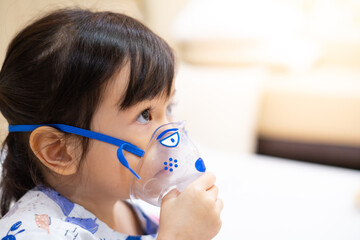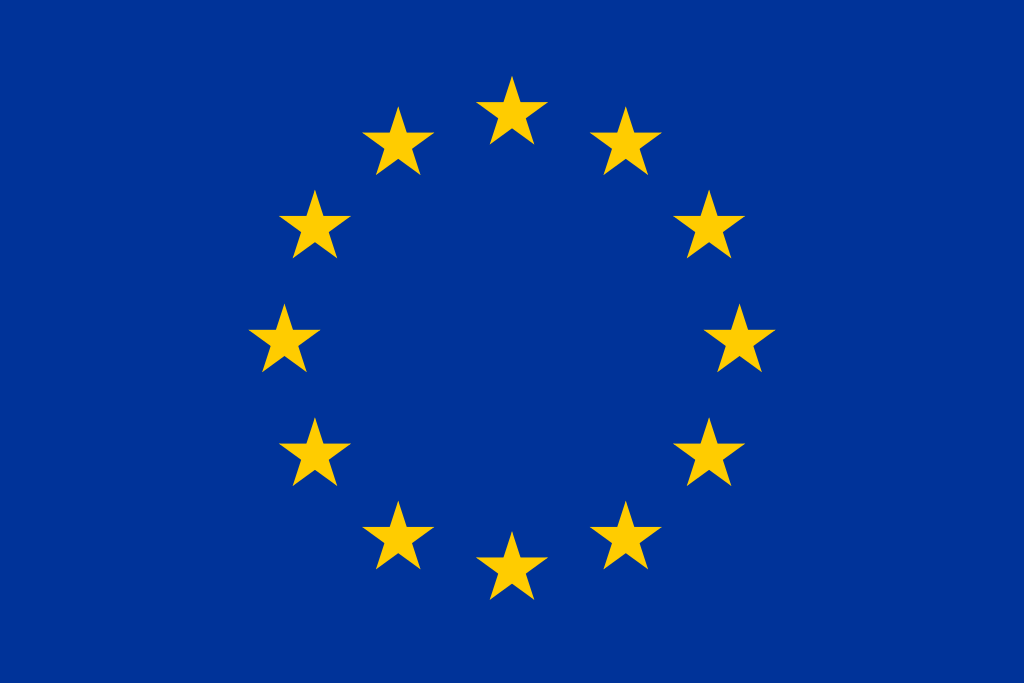
The original goals of the EU Medical Device Regulation 745/2017 (EU MDR), i.e. to strengthen clinical evaluation and safety particularly of high-risk medical devices, are widely supported. However, the application of the EU MDR has hugely increased the time and cost associated with bringing medical devices to market or maintaining them on the market. The paediatric and rare diseases community in the European Union currently face the loss of essential medical devices that are indispensable for appropriate patient care.
For small patient groups like children or patients with rare diseases, the costs of (re)certification by Notified Bodies form a critical financial barrier for manufacturers to (re)introduce devices on the EU market. As an example, a company with a single device received invoices of over €800,000 for conformity assessment which gives at most 5 years market access. This is over 150 times the cost of a United States ‘510k’ lifetime market clearance for the same device, which costs approximately €5,000. Clinicians were among the first to raise the issue of ‘disappearing’ essential devices to regulators in October 2021, and groups such as the Biomedical Alliance have conducted multiple questionnaires to identify medical devices that have already been withdrawn, or are likely to be withdrawn.
Recently the representatives of 22 European medical associations dedicated to child health care have formulated their joint position on appropriate approaches for the clinical investigation and conformity assessment of high-risk medical devices for children as part of the CORE-MD project.
Based on these considerations, the CORE-MD consortium as well as leading Scientific Societies and Medical Associations have issued a call for action to Commissionner Kyriakides to ensure that children and patients with orphan diseases will have continued access to medical devices that are needed for ‘state of the art’ health care.
.
Read the Open letter

